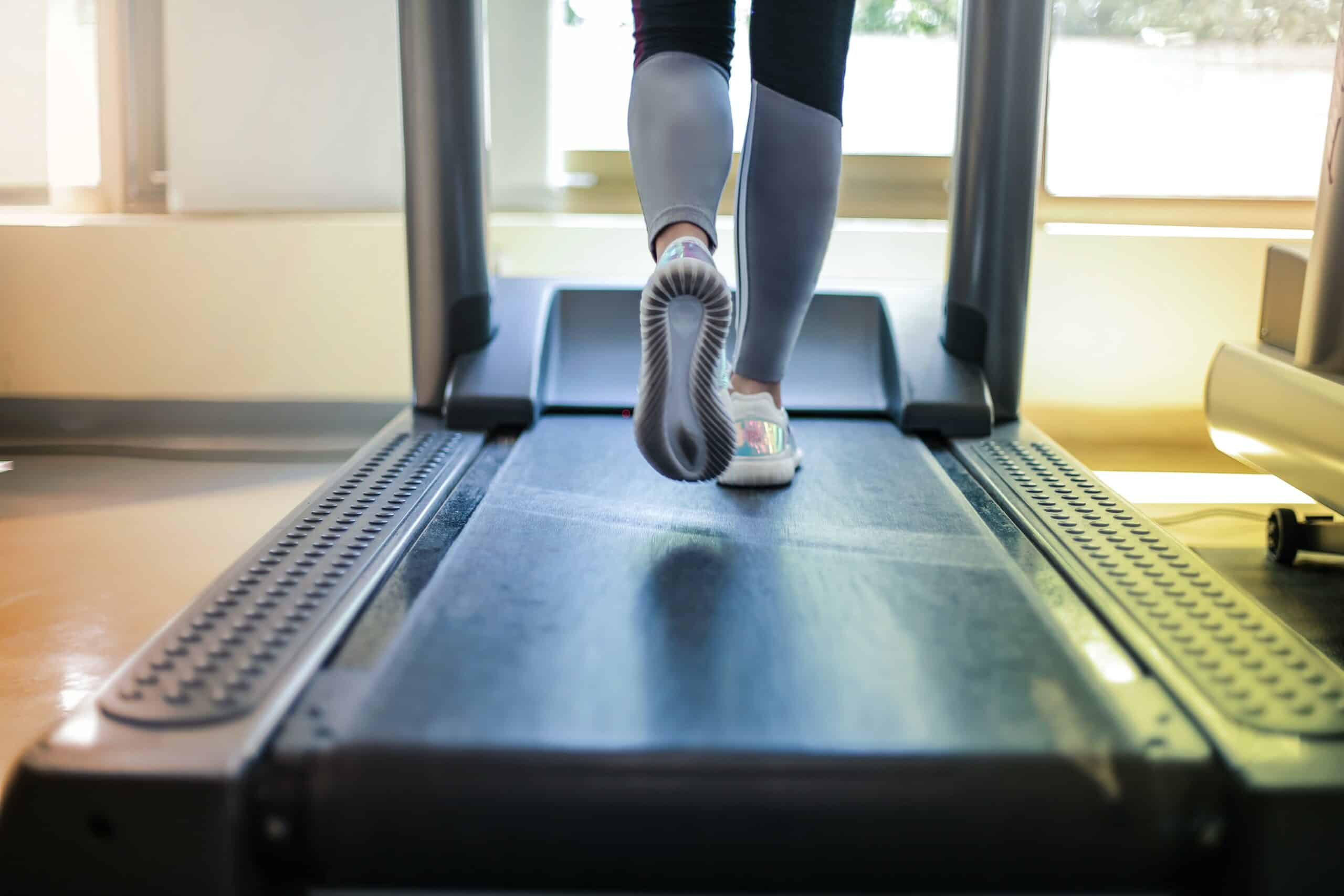We’re all creatures of habit. (Think about it – you probably brush your teeth the same exact way every day!)
But we’re not very logical. We tend to make emotional, sometimes irrational, decisions, especially when it comes to our health and wellness.
Let’s think back. How many years have you written resolutions to lose weight? How many times have you started journaling, practicing yoga, a new diet, or a new workout routine?
It felt amazing…while it lasted. Then, for one reason or another, you stopped.
Now you’re just frustrated, maybe even defeated. Because you know what you have to do:
Consistency is the key to long-term weight loss. Whatever you do to lose the weight you have to keep up to keep it off!
Today, we’ll figure out why the heck we can’t stick to a dang thing. Then, I’ll tell you exactly how real humans (those of us without god-like willpower and robotic self-discipline) can finally set habits that stick.
“Why Do I Stop Doing What’s Good For Me?”
Think of one thing you could be doing that would help you lose weight.
It’s not hard to come up with several options. You may have thought about working out 3 days a week, counting your macros, or introducing intermittent fasting.
You know what to do. And while knowing the best strategies and techniques for weight loss can be extremely helpful, they’re nothing without follow-through.
If you can relate to the question above, no you’re not lazy. You’re not even in the minority. Behavioral scientists who study habit formation say that most of us try to create healthy habits the wrong way. We’re missing the crucial steps needed to set ourselves up for success.
Try These Six Science-Backed Tips for Habits That Stick
1. Change Your Identity
How you think of yourself drives your actions. If you identify as a busy mom with no time to spare, you’ll be more likely to fuss over the laundry than set out for the gym. If you identify as a smart, single, entrepreneur, you’ll grab an extra side gig and tackle emails in your spare time.James Clear, author of Atomic Habits, explains that “true behavior change is identity change. You might start a habit because of motivation, but the only reason you’ll stick with one is that it becomes part of your identity.”
Picture the healthiest you. What does she look like? What’s the expression on her face while she straps on her sneakers? What is she eating for breakfast? How does she walk? What does she wear? What does she listen to on her commute to work? The more you can describe and start identifying as the healthiest version of yourself, the deeper that image will sink in. You’ll find yourself making healthier choices automatically.
2. Start Small
Jumping straight into a completely new routine or shooting for a huge habit will increase your chances of giving up. Instead, warm yourself up to a new habit by starting with very small and easy to attain steps.
Let’s say that you want to increase your step count. First, find your weekly average of steps. Then increase it by something small, like 500 steps. Don’t crank up your goal number again until you’ve adjusted. After a few weeks, increase your step count by another 500.
3. Just Start
Getting started is the hardest part of a new habit. So instead of making a goal to run 3 miles every week, commit to putting your sneakers on and stepping onto your sidewalk. The task seems simple, but if you can just start you’ve already tackled the hardest part of your new habit. Once you get moving, motivation will kick in and your jog will follow easily.
4. Find Your Why
We find our motivation by fully understanding the reason we want to reach our weight loss goal. Your why is the driving force that excites and inspires you to work toward your goal every day. This huge source of motivation will help you overcome obstacles that you’ll experience along your health journey.
After setting your goal (for example, “I want to lose 15 pounds before my daughter’s wedding”), work through these steps. Keep asking “why?” until you’ve reached the core motivation behind your goal. The process might look something like this:
Goal: I want to lose 15 pounds before my daughter’s wedding.
Why? Because losing that weight will make me feel better about myself.
Why does that matter to you? Because I want to feel like me again, and feel confident and comfortable.
Why does that matter to you? Because when I feel like me, and confident, and comfortable, I feel so much more relaxed and happy. I start to participate in the things that matter to me (like hitting on the dance floor with my daughter on her big day!) instead of thinking about what makes me self-conscous.
You know you’ve hit your deepest why when you’re willing to do whatever it takes to get it.
5. Track Your Habits:
Each time you do something habitually, your brain runs through the same four steps: cue, craving, response, reward.
For example, you might hear your phone buzz (cue), want to know if someone responded to your post (craving), pick up your phone (response), and see that your friend liked your picture (reward).
One way we can hack this system is to intentionally set up our cues. Visual reminders cue our brains while we’re creating new routines and cementing new habits.
A sticky note works. If you want to really give yourself a leg up, grab my free Habit Tracker and tape it to your fridge, bathroom mirror, anywhere you’ll see multiple times throughout the day.
6. Stack Your Habits
Experts claim that the best way to form a new habit is to tie it to an existing habit. Look for the routines in your day and think about how you can leverage an existing habit to create a new, healthy one.
Here are a few ideas:
Each evening after dinner, you put any leftovers away. Stack onto this existing habit and create a new habit of packing your lunch for tomorrow while you’re in the kitchen. You could throw leftovers over a bed of lettuce and grab your favorite dressing to keep things simple and healthy.
Each morning you brush your teeth. Stack some morning meditation onto this existing habit. Try a deep breathing exercise while you brush or for 2 minutes immediately after.
Each time you get up to use the bathroom at work, take the stairs to the downstairs bathroom to increase your step count.
Habits That Stick Like Glue
Remember, focus on progress, not perfection. With these tips, little by little, you can make small changes with remarkable results.
If you’re interested in diving deeper into the psychology behind habits, grab a copy of Atomic Habits by James Clear and The Power of Habit by Charles Duhigg. Both books will help you examine the root of your current habits on a biological level to help you reach your goals.
If you’re ready to take action on executing your habits, download my FREE Habit Tracker print-out and start stacking those good habits!





